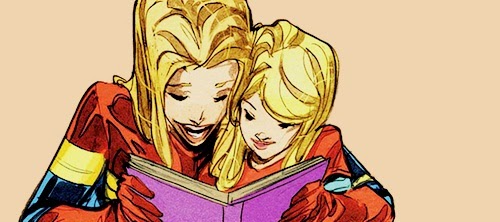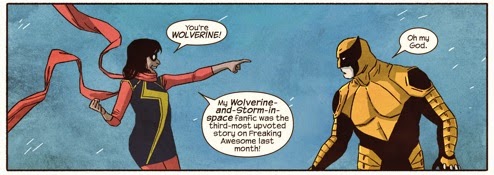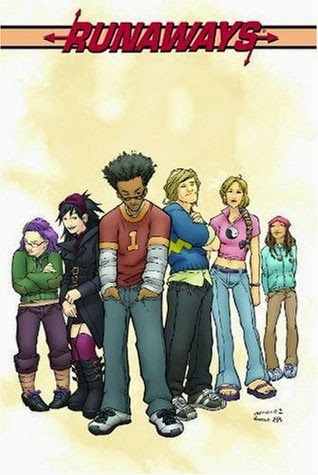To close out Book Blogger International's comics and graphic novel month, the always-awesome Ryan from Wordsmithonia is here to tell us about his favorite vintage comic book character, Doctor Strange.
December 4th, 2014 will always be a bittersweet day for me. It was the day that Marvel finally confirmed a hard release date for a Doctor Strange movie, a movie that I've been dreaming of since I was a kid.
Not to be too big of a nerd, but I love Doctor Strange. I'm one of those who can't wait to get to the flea market, where I can dig through all the dollar comics, all so I can go home with a stack of Doctor Strange books. I buy his solo comics, the issues of The Defenders when he was a member of that group, and I've even found a couple of What If? books that feature the Sorcerer Supreme. He has been my avatar on Twitter, my Blog, and on Facebook for years. He was even a featured character, the first year I did my Favorite Fictional Character posts. I even have an action figure of Doctor Strange, and I'm not afraid to admit it.
For those of you who don't know him, think of him as a supernatural Captain America, charged with protecting our dimension from magical and demonic threats. Over the years he has faced numerous threats, fought for his life, and defeated countless demons and monsters, including Dracula. Since he's a super-hero, he has to have a back story, and it's his back story that gives that movie announcement the bitter edge.
Doctor Strange, the Sorcerer Supreme, really did start off as Dr. Stephen Strange, a gifted surgeon to be precise. He was cocky, arrogant, egotistical, and just about every other adjective you can think of that means the same thing. That all ended in a car accident, turning that arrogance into bitterness and alcohol fueled anger. I'm not going to to into his journey, or how he found himself in Tibet, apprenticed to The Ancient One, but for the record, if you don't know it, you should read up on it before the movie comes out. Or you could watch the animated movie that Marvel released in 2007.
For years, because of the comic books, I've had an image in my head of who Doctor Strange is. What he looks like, his mannerisms, his attitude, and how he interacts with those around him, are concrete images in my head. Needless to say, when they announced that Benedict Cumberbatch was going to be cast as Doctor Strange, I was a little taken aback. I mean no disrespect here, but he looks nothing like what this character has always looked on page, and in my head. I think the man is a fine actor, and my even be able to pull the arrogance off, but I'm not sure the subtle nuances of the character are going to be highlighted the way they should. And to be perfectly honest here, I'm not sure I would have been any happier with anyone else. I think Patrick Dempsey had the look I was thinking of, but maybe not the depth I would hope for. I've even heard Viggo Mortensen bandied about, but I'm really not sure that would have been all that much better.
No matter what, I'm over the moon that this project is in the works, and that the movie is slated to be released in November of 2016. Until then, I'll still be hunting through the bins at the flea market, and praying up a storm that with the upcoming release of the movie, that the comic books aren't going to go up in price.
We hope you've enjoyed this month-long celebration of comics. Thank you to all the amazing bloggers who participated! Be sure to check out their blogs and keep the conversation going.
December 4th, 2014 will always be a bittersweet day for me. It was the day that Marvel finally confirmed a hard release date for a Doctor Strange movie, a movie that I've been dreaming of since I was a kid.
Not to be too big of a nerd, but I love Doctor Strange. I'm one of those who can't wait to get to the flea market, where I can dig through all the dollar comics, all so I can go home with a stack of Doctor Strange books. I buy his solo comics, the issues of The Defenders when he was a member of that group, and I've even found a couple of What If? books that feature the Sorcerer Supreme. He has been my avatar on Twitter, my Blog, and on Facebook for years. He was even a featured character, the first year I did my Favorite Fictional Character posts. I even have an action figure of Doctor Strange, and I'm not afraid to admit it.
For those of you who don't know him, think of him as a supernatural Captain America, charged with protecting our dimension from magical and demonic threats. Over the years he has faced numerous threats, fought for his life, and defeated countless demons and monsters, including Dracula. Since he's a super-hero, he has to have a back story, and it's his back story that gives that movie announcement the bitter edge.
Doctor Strange, the Sorcerer Supreme, really did start off as Dr. Stephen Strange, a gifted surgeon to be precise. He was cocky, arrogant, egotistical, and just about every other adjective you can think of that means the same thing. That all ended in a car accident, turning that arrogance into bitterness and alcohol fueled anger. I'm not going to to into his journey, or how he found himself in Tibet, apprenticed to The Ancient One, but for the record, if you don't know it, you should read up on it before the movie comes out. Or you could watch the animated movie that Marvel released in 2007.
For years, because of the comic books, I've had an image in my head of who Doctor Strange is. What he looks like, his mannerisms, his attitude, and how he interacts with those around him, are concrete images in my head. Needless to say, when they announced that Benedict Cumberbatch was going to be cast as Doctor Strange, I was a little taken aback. I mean no disrespect here, but he looks nothing like what this character has always looked on page, and in my head. I think the man is a fine actor, and my even be able to pull the arrogance off, but I'm not sure the subtle nuances of the character are going to be highlighted the way they should. And to be perfectly honest here, I'm not sure I would have been any happier with anyone else. I think Patrick Dempsey had the look I was thinking of, but maybe not the depth I would hope for. I've even heard Viggo Mortensen bandied about, but I'm really not sure that would have been all that much better.
No matter what, I'm over the moon that this project is in the works, and that the movie is slated to be released in November of 2016. Until then, I'll still be hunting through the bins at the flea market, and praying up a storm that with the upcoming release of the movie, that the comic books aren't going to go up in price.
We hope you've enjoyed this month-long celebration of comics. Thank you to all the amazing bloggers who participated! Be sure to check out their blogs and keep the conversation going.


































